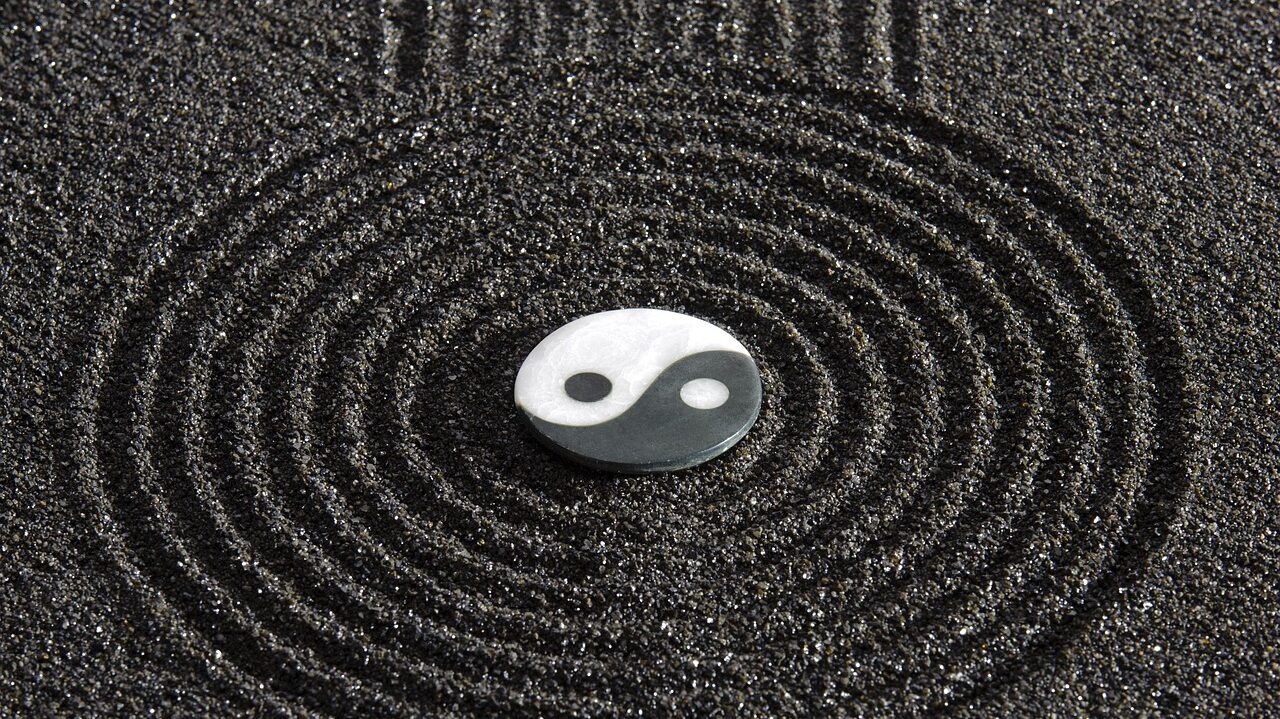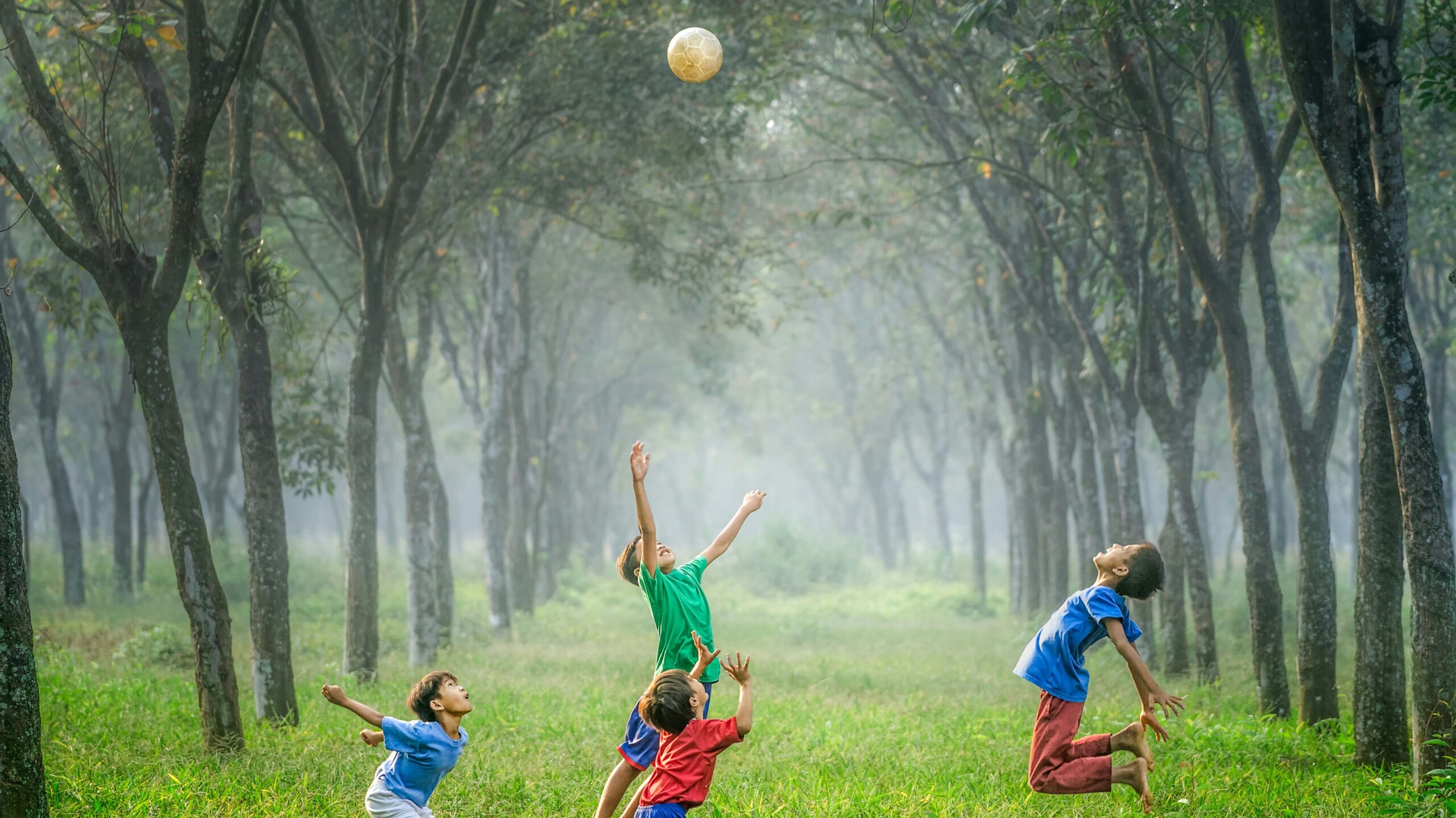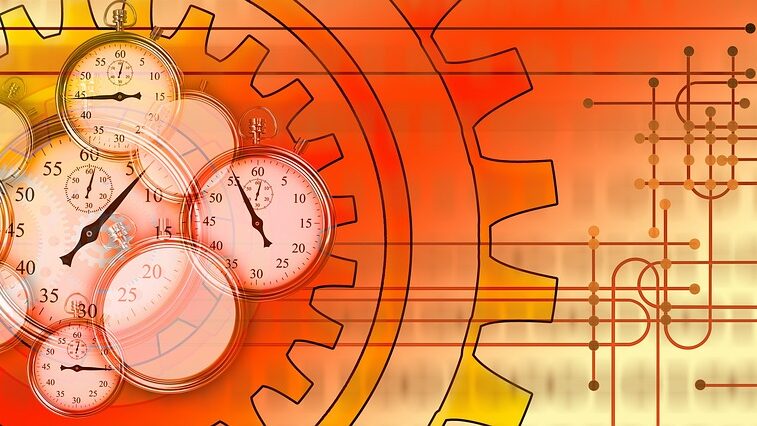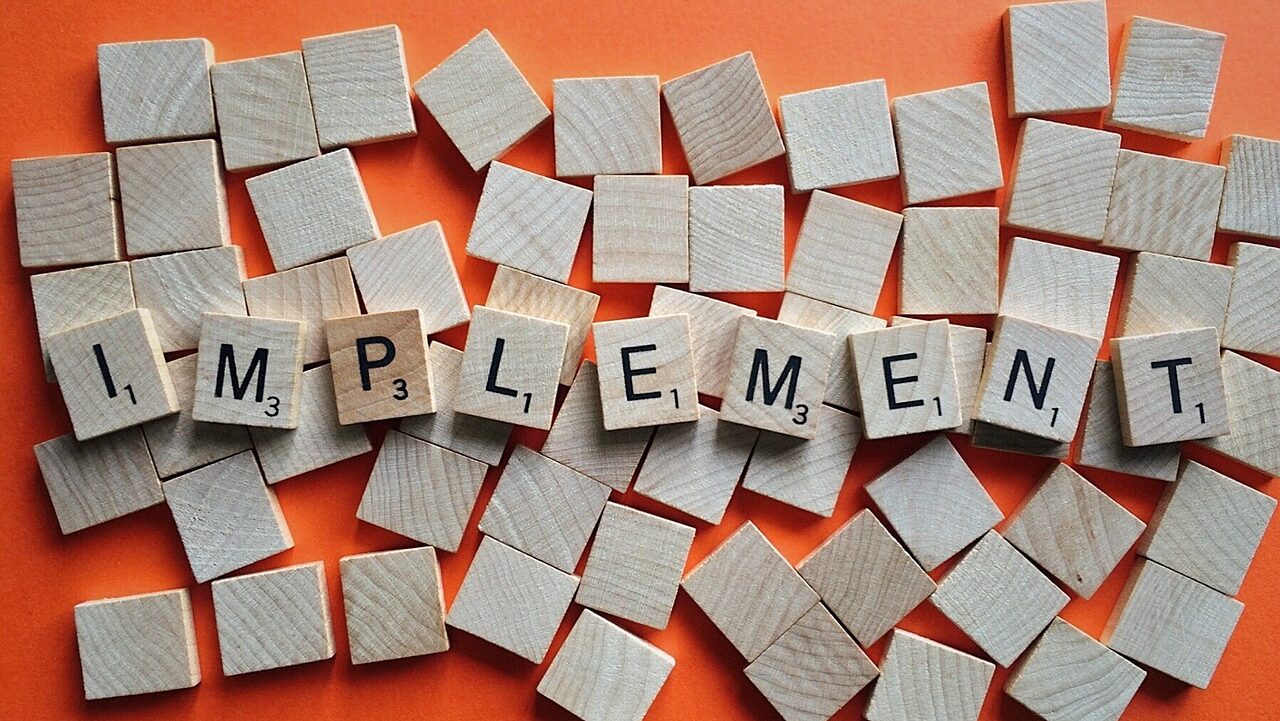Specific ecological approach implementation
Q. With regard to training in the ecological approach, are there indicators to measure whether optimal ‘constraints’ are being imposed?
A. There are no clear indicators, but important perspectives do exist. During training in the ecological approach, a training environment is most effective if it creates a situation (meta-stability) in which players are solving problems with a mix of somewhat consistent patterned movements and variable and irregular movements. The coaches and staff should always be aware of the player’s situation.
It is important for coaches and staff to constantly monitor the player’s situation and to seek to create a training environment that is a mix of order and disorder, as described above. If coaches and others can continually provide this kind of training environment for players, the game model itself will naturally become highly functional, with optimal ‘constraints’ imposed.

Q. Are there any particular aspects of the training environment for volleyball in the ecological approach that need to be taken into account?
A. Volleyball is a highly variable ball-type team sport. Therefore, skill acquisition through repetition with an excessive focus on forming ‘moulds’ and tactical learning through repetition with an excessive focus on acquiring tactical ‘patterns’ can even be detrimental to the player. It is not possible to deal only with ‘moulds’ or ‘patterns’ for the various situations that arise in a game where real and unpredictable things are constantly happening.
However, it should also be stressed that it is extremely important to adjust the degree of variability according to the developmental stage of the player in the training environment. For players with a certain level of skills and tactical thinking and execution, it is important that they acquire new skills and acquire tactical thinking and execution by daring to break their own previously formed skill ‘moulds’ and tactical ‘patterns’ through the ‘constraints’ of an ecological training environment. It is important to acquire new skills and acquire tactical thinking and execution skills.
On the other hand, effective motor learning may not be possible in an environment with too high a barrier for players with immature skills and tactical thinking and execution at the beginner level. Therefore, it is necessary to first learn skill ‘moulds’ and tactical ‘patterns’ that are often expressed in the game by accumulating a certain amount of repetitive practice in a low-variability blocked training environment.

The introduction of the ecological approach in the development age
Q. What are the ‘donor sports’ that come up in the area of the ecological approach?
A. The term refers to exercise (sports) that include diverse perceptual, decision-making and motor elements in the early years of childhood. Research on the development process of top athletes has also progressed in recent years, and while in the past, specialised development in a particular sport from an early age was considered an important factor in becoming a top athlete, numerous studies have shown the importance of having a variety of motor experiences in childhood. It is extremely important for children to self-learn basic movements in locomotion such as running, jumping, stopping, avoiding and throwing through trial and error in interaction with the external environment.
The environment in which such motor learning takes place does not necessarily need to be an organised, so-called competitive sport, but should be an environment where young children can work autonomously, with no coaching and no refereeing. Such an environment promotes the self-organisation of young children.
As a concrete methodology for implementing ‘donor sports’, the use of balschule is effective. It is particularly well suited to ball-type team sports. Balschule was developed by Professor Klaus Roth of the Institute of Sport Science at the University of Heidelberg, Germany, as an exercise programme centred on ball games, which provides a good balance of coordination skills, versatile motor skills and tactics as a basis for playing ball games. It attempts to balance the learning of motor skills and tactics as a basis for playing the ball game.

Q. What do you foresee happening when the Ecological Approach is introduced in the developmental years in Japan?
A. In the short term, the introduction of the Ecological Approach is unlikely to contribute to winning the game on the field. In the long term, on the other hand, it is likely to promote player and team self-organisation. It is therefore conducive to developing the individuality of players and developing players who can play autonomously.
In the Japanese training environment, where tournament-style games are played over and over again during the course of a year, it is likely that there will frequently be insufficient time for self-organisation. Therefore, a more constrained training environment and game model, and playing within that framework, is favourable for short-term results in the real game. On the other hand, however, players who are slow to adapt to unilaterally imposed constraints and game models, or who do not fit into those constraints and game models, will not be valued in that environment and will naturally not promote self-organisation. This could lead to potential players being nipped in the bud.
For example, in the high school category of the volleyball in Japan, where there are three national tournaments a year (National Championships, National Athletic Meet and Spring High School Championships), the full-scale introduction of the ecological approach could be said to be synonymous with the abandonment of the aim of winning one or two titles. When considering whether the introduction of an ecological approach leads to ‘results’ or not, the most important aspect is the ‘time scale’, i.e. over which span of time (short, medium or long term) results are sought.
The introduction of the ecological approach in the development age requires an attitude of prioritising the long-term ‘development’ of the player and believing in the ‘future’ of the player, even at the ‘expense’ of short-term results in a certain sense.

Q. How should we think about periodisation in the ecological approach?
A. I will proceed on the premise that periodisation can be broadly divided into two phases: the ‘training phase’ and the ‘match phase’.
Firstly, for the ‘training period’, it is advisable to incorporate a lot of training that is relatively removed from the specificity of the competition (e.g. differential learning). During this period, when there is a time window before the competition, it is important to ensure that there is enough time to acquire new skills and tactical thinking and execution skills.
And for the ‘match period’, it is better to train in a training environment with optimum ‘constraints’ imposed, taking full account of the specificity of the competition. During this period, when there is no time to spare before the match, it is important to be able to transfer as many of the skills and tactical thinking and execution skills acquired during the training period into the game as possible. Therefore, when considering the training environment, coaches are expected to plan a robust game-like training programme that replicates situations that might occur in a live game.




